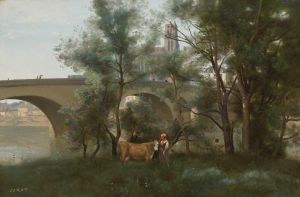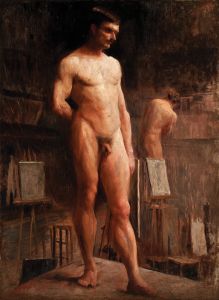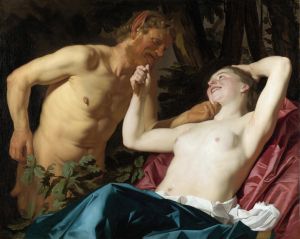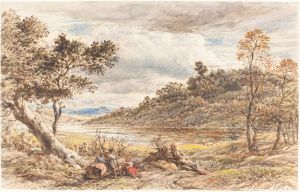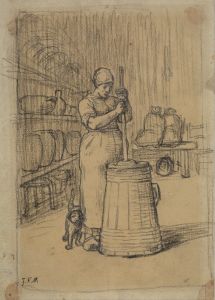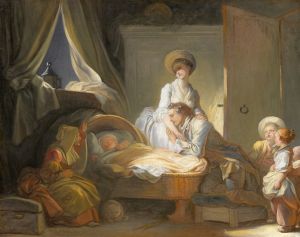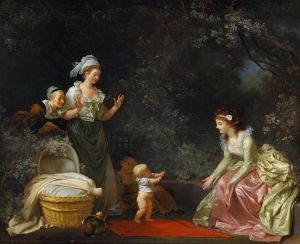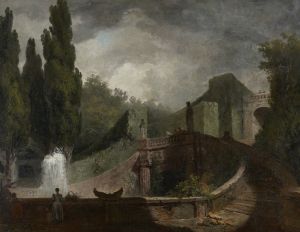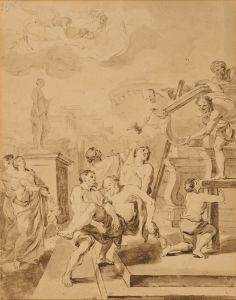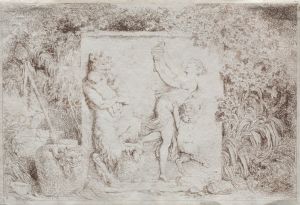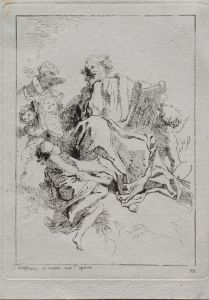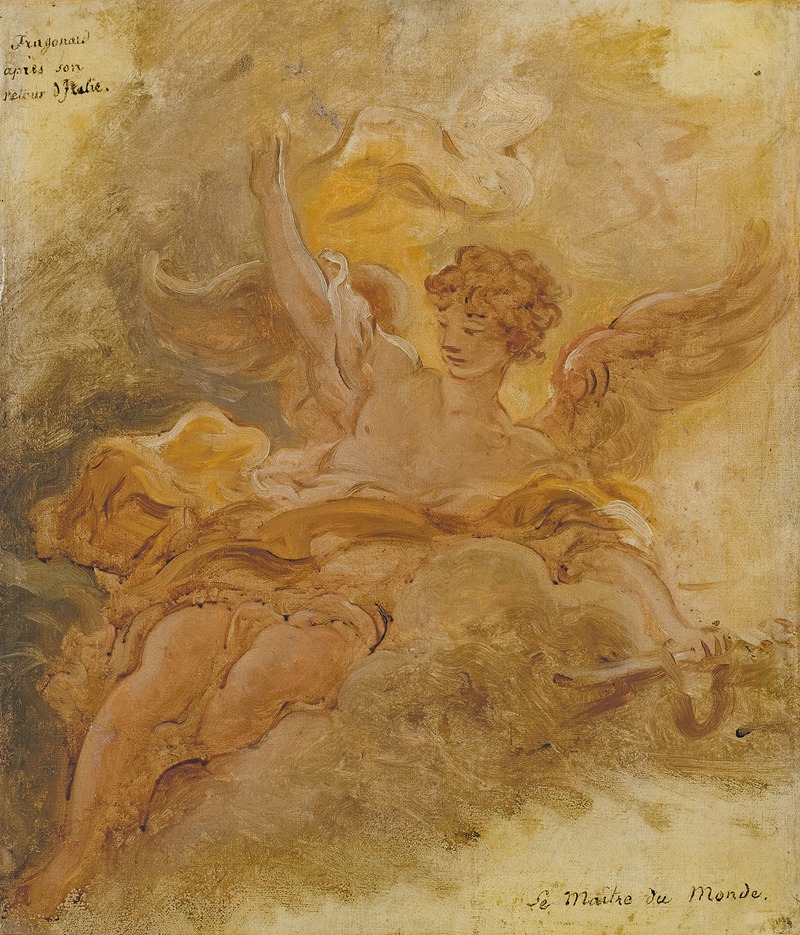
Le Maître du Monde
A hand-painted replica of Jean-Honoré Fragonard’s masterpiece Le Maître du Monde, meticulously crafted by professional artists to capture the true essence of the original. Each piece is created with museum-quality canvas and rare mineral pigments, carefully painted by experienced artists with delicate brushstrokes and rich, layered colors to perfectly recreate the texture of the original artwork. Unlike machine-printed reproductions, this hand-painted version brings the painting to life, infused with the artist’s emotions and skill in every stroke. Whether for personal collection or home decoration, it instantly elevates the artistic atmosphere of any space.
Jean-Honoré Fragonard, a prominent French Rococo painter, is renowned for his exuberant and hedonistic style, which often depicted scenes of romance and playful eroticism. However, specific information about a painting titled "Le Maître du Monde" by Fragonard is not readily available in historical records or art historical literature. It is possible that there might be some confusion or misattribution regarding the title or the existence of such a work.
Fragonard's oeuvre primarily consists of genre paintings, portraits, and landscapes, with some of his most famous works being "The Swing" (1767), "The Stolen Kiss" (circa 1786-1788), and "The Progress of Love" series (1771-1773). These paintings are characterized by their light-hearted themes, vibrant colors, and dynamic compositions, which capture the essence of the Rococo movement. Fragonard was a master at conveying the playful and often mischievous nature of love and courtship, which resonated with the tastes of the French aristocracy during the 18th century.
Born in Grasse, France, in 1732, Fragonard moved to Paris at a young age, where he studied under François Boucher, another leading Rococo artist. His talent was quickly recognized, and he won the prestigious Prix de Rome in 1752, allowing him to study in Italy. This experience greatly influenced his artistic development, as he absorbed the works of the Italian masters and the vibrant landscapes of the Italian countryside.
Upon returning to France, Fragonard's career flourished as he received numerous commissions from the French court and wealthy patrons. His ability to capture the frivolity and elegance of the Rococo era made him a favorite among the elite. However, with the onset of the French Revolution and the subsequent decline of the Rococo style, Fragonard's popularity waned, and he spent his later years in relative obscurity.
Despite the lack of specific information about "Le Maître du Monde," Fragonard's legacy as a master of the Rococo style remains undisputed. His works continue to be celebrated for their technical brilliance and their ability to evoke the playful spirit of 18th-century French society. Fragonard's paintings are housed in major museums worldwide, including the Louvre in Paris, the Wallace Collection in London, and the Frick Collection in New York, where they continue to captivate audiences with their charm and vitality.
In summary, while there is no verifiable information about a painting titled "Le Maître du Monde" by Jean-Honoré Fragonard, his contributions to the Rococo movement and his enduring influence on the art world are well-documented. His works remain a testament to the artistic and cultural vibrancy of 18th-century France.






